SAE Publishes Revised J1711 Standard to Measure Exhaust Emissions and Fuel Economy of Hybrids and Plug-in Hybrids
Green Car Congress
JULY 6, 2010
Also, the list of standard test procedures addressed in SAE J1711 has been expanded to cover all five major test cycle procedures (UDDS, HFEDS, US06, SC03, and Cold FTP) now being used to evaluate vehicle fuel economy. There are two basic exhaust emissions and fuel economy tests described in J1711. Earlier post.)


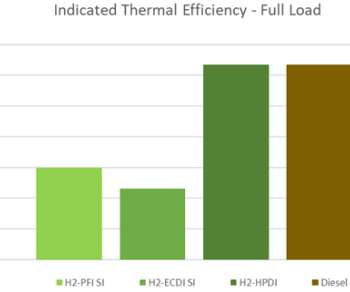










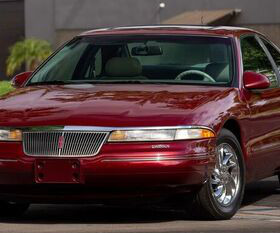






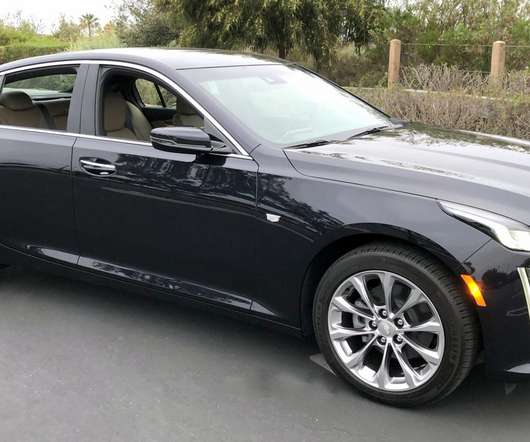

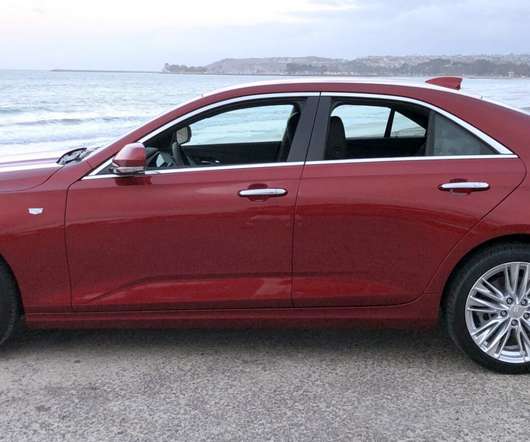

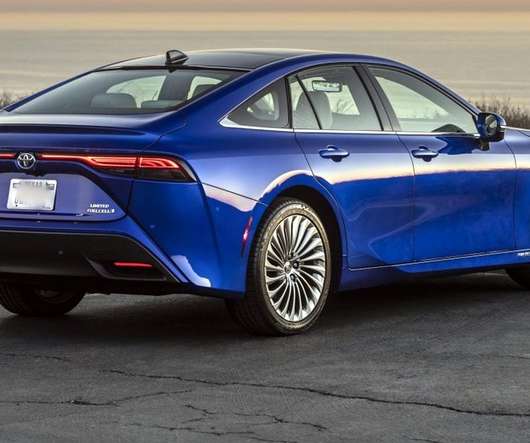
















Let's personalize your content